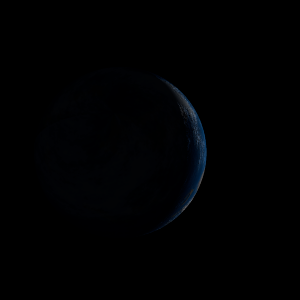|
|
Space Astro
|
Info for exoplanet "Mneeury"
| Scientific (actual) data |
|---|
| Name | Kepler-379 Ab |
| Planet status | Confirmed |
| Radius | 0.148 |
| Orbital period | 20.0984 |
| Semi major axis | 0.152 |
| Discovered | 2014 |
| Updated | 2025-02-25 |
| Tconj | 2455040 |
| Impact parameter | 0 |
| Publication | Announced on a website |
| Detection type | Primary Transit |
| Alternate names | 2MASS J19424826+3856449 b, K02289.02, KIC 3867615 b, KOI-2289 b, KOI-2289.02, WISE J194248.25+385644.9 b |
| Star name | Kepler-379 A |
| Right ascension | 295.7° |
| Declination | 38.95° |
| Mag j | 12.341 |
| Mag h | 12.092 |
| Mag k | 12.005 |
| Star distance | 747 |
| Star metallicity | -0.045 |
| Star mass | 1.08 |
| Star radius | 1.31 |
| Star sp type | G0IV-V |
| Star temperature | 6054 |
| Star alternate names | 2MASS J19424826+3856449, KIC 3867615, KOI-2289, WISE J194248.25+385644.9 |
| Wikipedia article | Kepler-379 Ab |
Back
| |
| Fictional info (?) |
|---|
| Suggested name | Mneeury |
| Planet type | Terrestrial |
| The planet telescopically displays the complete range of phases, similar to Venus and the Moon, as it moves in its inner orbit relative to Kepler-379 A, which reoccurs over the so-called synodic period approximately every 104 days.
A prominent result is the "great green spot", a giant storm that is known to have existed for centuries since it was first observed by radar. |
| Atmosphere | Hydrogen deuteride (HD) | 59% |
| Xenon | 38% |
| Ammonia | 1.7% |
| Hydrogen | 0.052% |
| Nitrogen | 2.8E-5% |
| Atmospheric pressure | 0.006 bar |
 |
| No known satellites |
| Google search for Mneeury |
|
Website by Joachim Michaelis
|
|
|
|